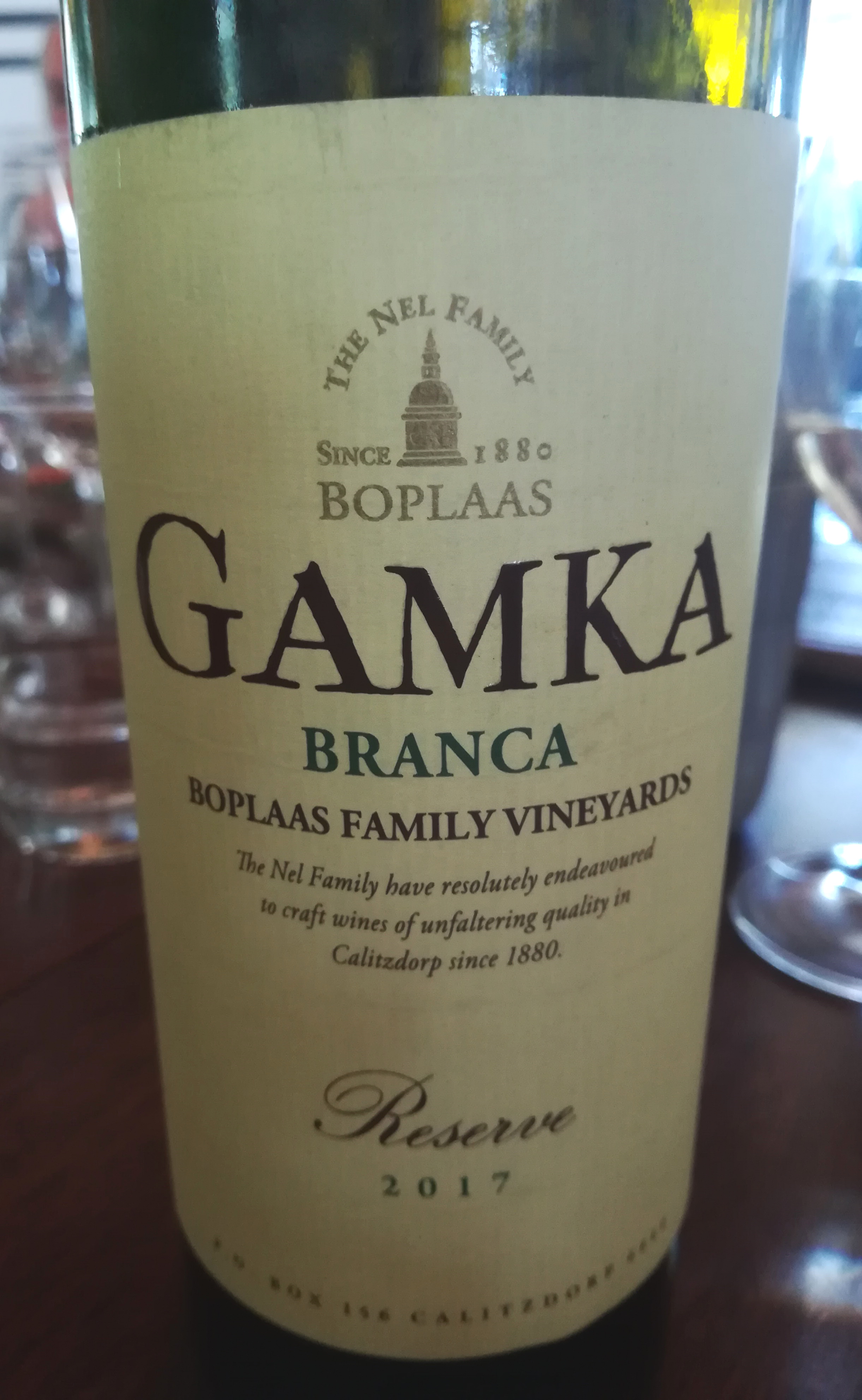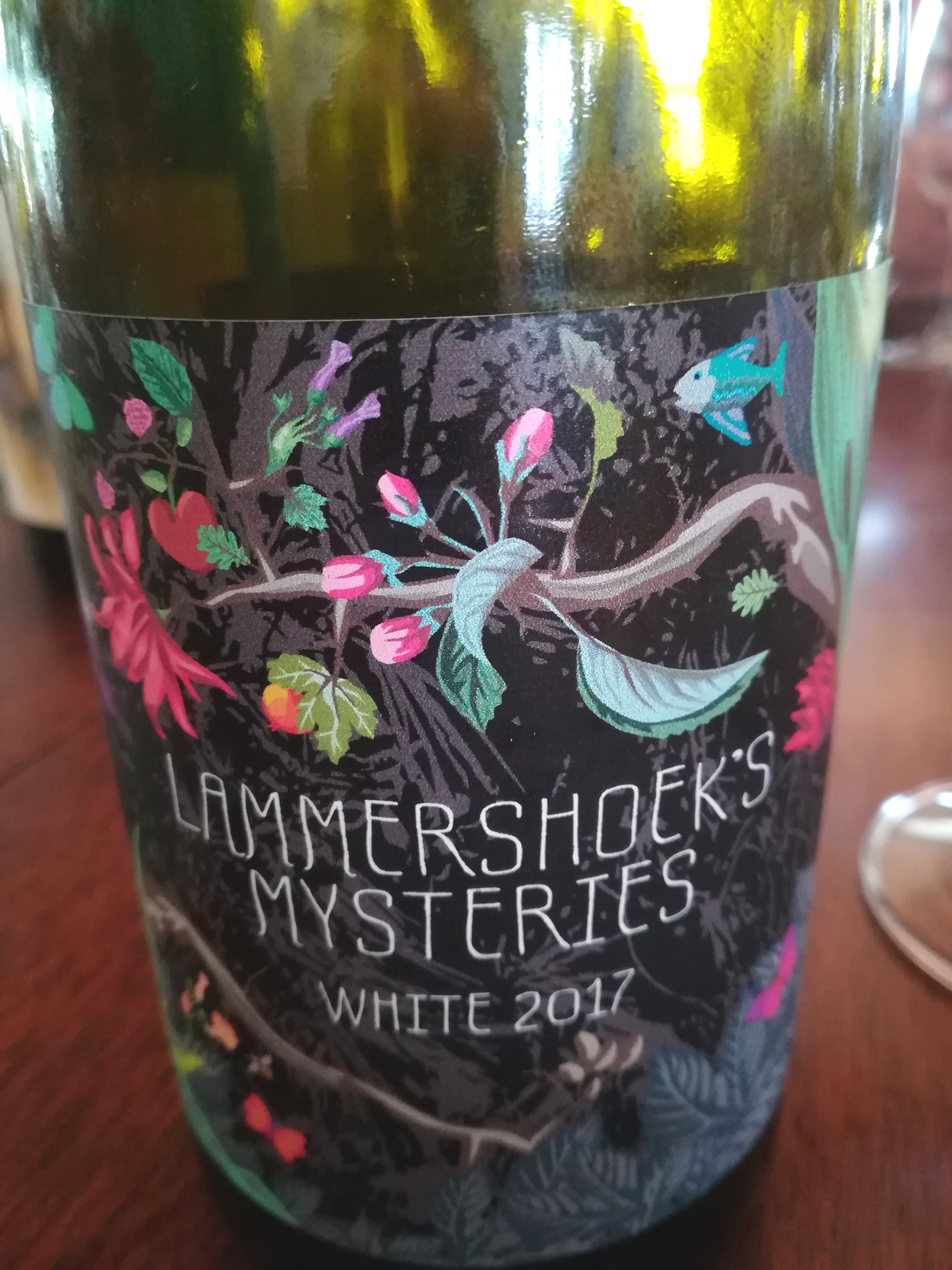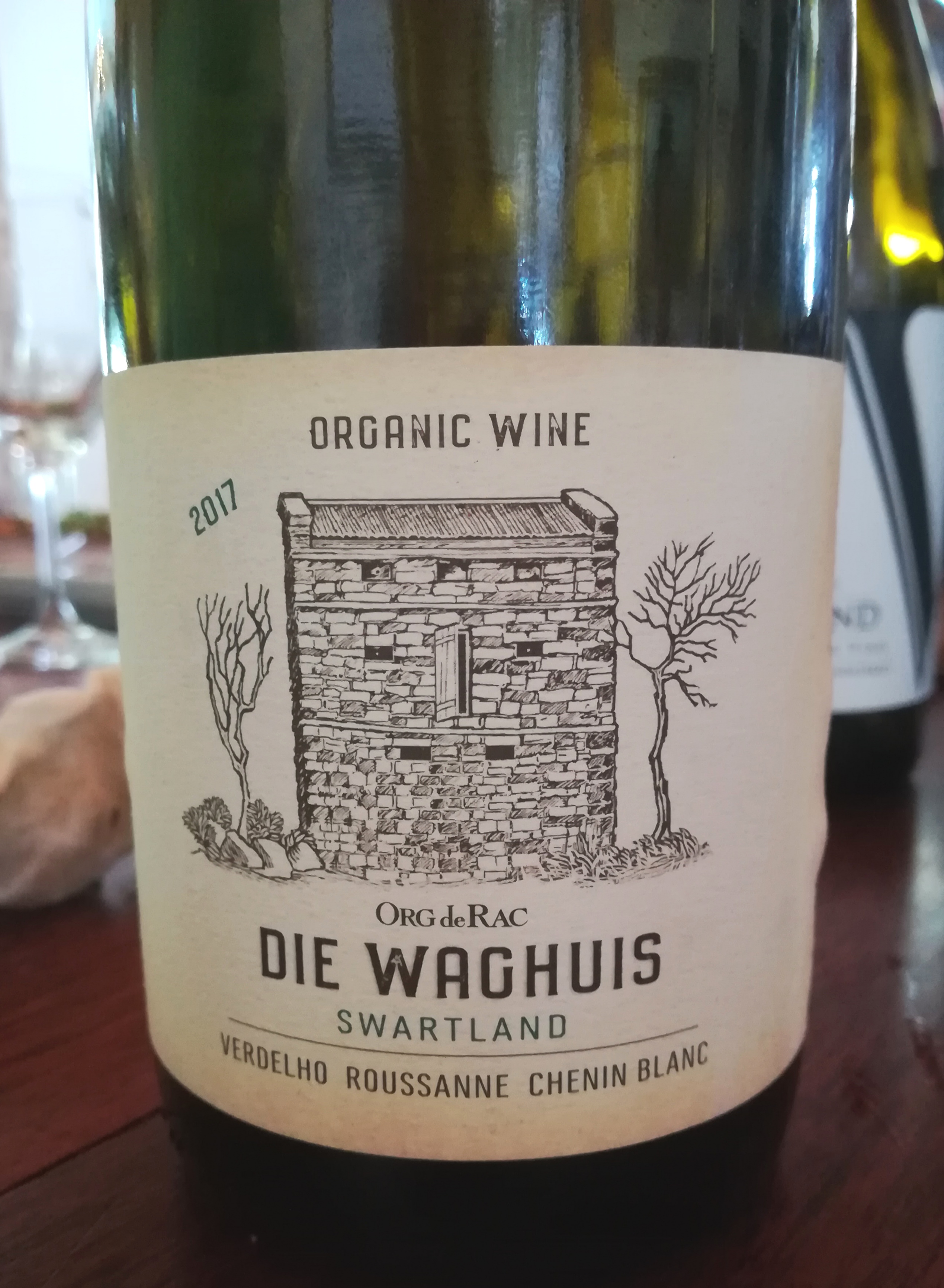CAPE WHITE BLEND
The Cape White Blend might not be a formal classification but the category is both important and popular. Thanks to the proliferation of Chenin Blanc in the Cape vineyards, many blends are either based on or contain a substantial proportion of this variety; beyond that, the sky – or the varietal mix – is the limit.
Styles also traverse everything from fruity, unwooded to funkier, oxidative wines incorporating skin maceration, spontaneous ferment and oak ageing.
Judging, especially on a blind tasting, is a tricky exercise. With Chenin the only constant, the number of other variables means each wine is its own reference point. Also, unlike other categories, such as Chardonnay or Sauvignon Blanc, there are no international benchmarks for comparison.
Neither has proved a hindrance to Winemag (www.winemag.co.za) which recently held its 3rd annual Cape White Blend competition, probably the only one of its kind in South Africa where Chenin is required to form ‘a significant component, specifically more than 16% and less than 84%,’ as specified by the judging panel Convener, Christian Eedes. White blends are usually divided between Sauvignon Blanc-Semillon partnerships and those containing anything else.
The Cape White Blend category is strong in numbers; even without a full house, Winemag drew 38 entries from 32 producers. While many of the better-known producers don’t enter, the sextet topping the rankings illustrate a wonderful diversity, though all were fermented and/or barrel-aged, with a concrete egg also making an appearance in one wine.

Boplaas Gamka Branca Reserve 2017 and The Fledge & Co. Vagabond 2017 are family affairs; Margaux Nel is winemaker at Boplaas, her parents’ farm, where father, Carel is Cellarmaster; she also partners her husband, Leon Coetzee in winemaking duties for their Fledge & Co. The Chenin-based blends, both from widely sourced fruit, also include, respectively: Chardonnay, Grenache Blanc, Viognier and Verdelho; Chardonnay, Grenache Blanc, Verdelho, Viognier and Roussanne. Despite a similarity in varietal make up, they taste quite different: Boplaas is a refreshing juicy, fruity style, while Vagabond has less obvious fruit in its broader, textured feel.
Sales of Jeremy and Emma Borg’s Painted Wolf range help conserve the African Wild Dog (Painted Wolf); the Pictus VI 2017 (Latin for Painted Wolf) also blends multi-origin Grenache Blanc, Chenin and Viognier. A complementary partnership fusing richness with freshness.
Riesling, rarely found in a blend, was added it to Justin Van Wyk Family Wines Olivia Grace 2017 ‘for freshness’ and to good effect. Again Chenin-based, joined by Chardonnay and Viognier (as is Lammershoek Mysteries White 2017), their frequent use producing quite different styles. Olivia Grace has a floral, spice, peach perfume and a concentration of flavour in its firm build (the portion in concrete egg seems to add a pithy grip).

With today’s concentration on terroir, it’s interesting the above multi-regional wines are blended for style. Terroir is left to Lammershoek’s Mysteries and Org de Rac’s organic Swartland Die Waghuis 2017, led by Verdelho with Roussanne and Chenin Blanc; a generous, sunny-profile wine redolent of its Swartland origin, also bearing a note of oxidative savouriness.

The Cape White blend might appear a bewildering multiplicity of styles but hopefully, its unique and diverse nature offers a reason for adventure.
- Angela Lloyd